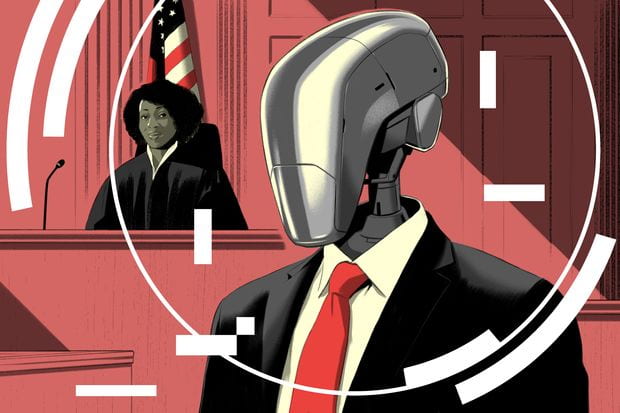Everyone knows our online activity is tracked by Google, but how this happens has been a bit of a mystery to people.
According to Safiya Umoja Noble’s piece titled “Google Search: Hyper-visibility as a Means of Rendering Black Women and Girls Invisible,” even though everyone knows that Google sucks up our information and search histories for its own uses, we tend to look past it. She attributes this to Google’s great power; no matter the task or topic, it has become standard protocol for people to first see what Google has to say about a subject.
A huge part of Google’s income is based on the impression they achieve from their users and advertisements. Your voice google searches and written google searches are stored and tracked by Google. They do this so that advertisements can accurately reach the target audience and be customized according to their preferences.
Let’s take the example of online shopping. Suppose you are searching for a vacuum cleaner in your area. You begin your search by finding the best company vacuum cleaner. Now, Google is tracking your searches, and within minutes you’ll see the vacuum cleaner online ads on your social media and even on your other devices. This is all done by Google through third-party cookies and their unique tracking system.
And this seems harmless as it allows for Google to better cater to the needs of its users. For example, if a thirteen-year-old girl searches “Justin Bieber” forty times a day, it should trigger Google to recognize that she likes Justin Bieber. And so, when this same girl looks up “attractive guy,” Google will probably be sure to include some links and photos of Justin Bieber.
Google provides what you want it to provide. And as Noble explains, this causes certain “images and symbols [to] inject dominant social biases into search engine results” because people continuously receive news and answers from like-minded people and resources.
But it gets a little scarier from here. The National Security Agency (NSA) has access to what you search on Google and if you search questionable things, you may be unknowingly saying goodbye to your privacy. Or at least this is what Edward Snowden and many others have come out with information on. Google and the NSA have public and extremely legal arrangements in which unsafe or law-breaking searches may be reported.

Meme of Edward Snowden. Top line reads: Provides proof the government is spying on citizens. Bottom line reads: Government charges him with spying.
Now getting back to the bigger question–how does Google even track all of our activity?
Here’s the gist. Everything you search for is saved by default. This refers to not just the search engine but is something that is true of all Google products, services, and apps. It doesn’t matter what device you’re doing this on; all that is relevant is the fact that you are using this particular search engine.
And beyond your browsing history, Google also keeps a record of where you go and how long you stay there. And no, all this happens without you launching Google Maps on your device.
Google is helpful and I know I personally use it for just about every question and query that I have. But we’re constantly warned about the privacy invasion of Google usage and that’s certainly for good reason…












